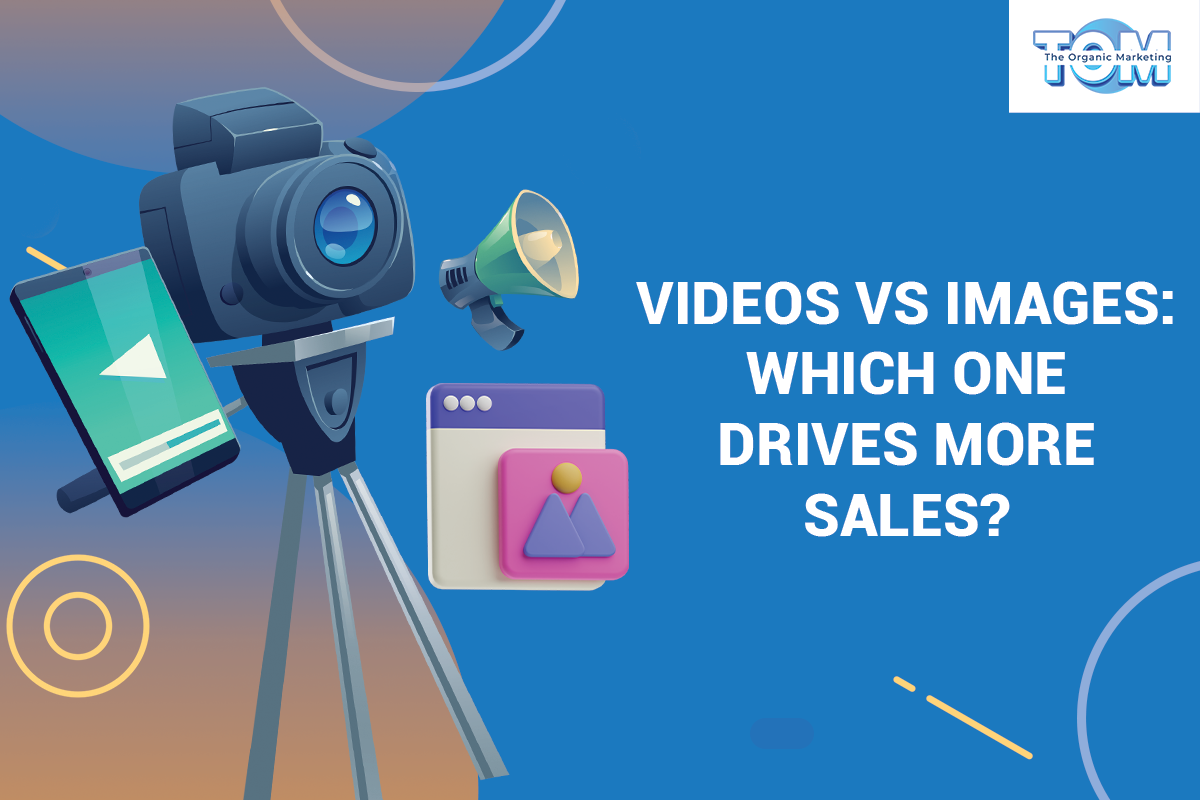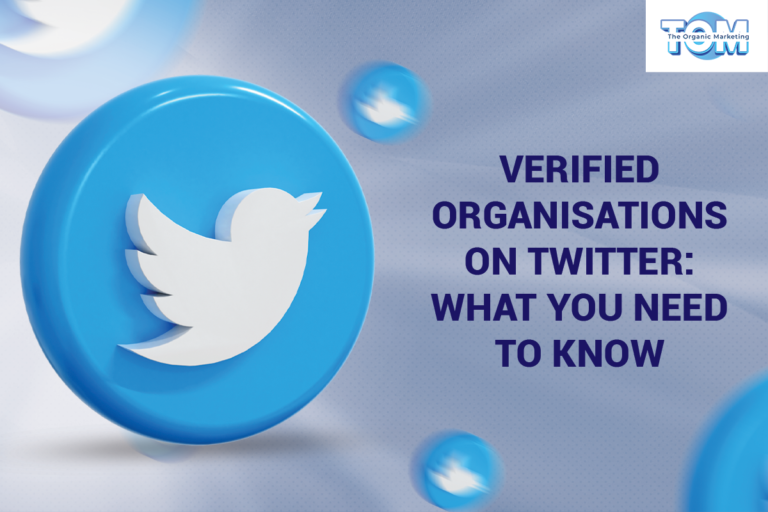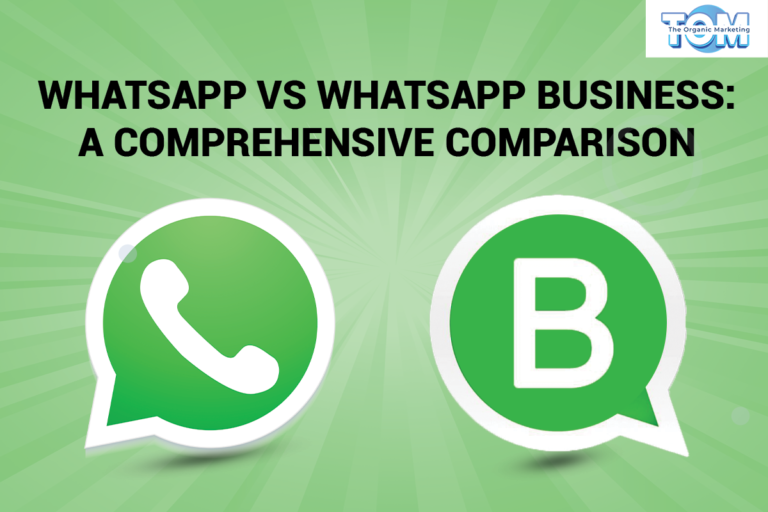Videos vs. Images: Which One Drives More Sales?
Today, we are navigating through an ever-evolving digital marketing era, where businesses compete for consumer attention. Now the question is, which drives more sales? It’s a significant debate, and today we aim to dissect this matter thoroughly, armed with facts, figures, and real-world examples.
The Power of Visual Content
Before we dive into the specifics, let’s remember why visual content is crucial in the first place. Visual content enhances a brand’s storytelling abilities, enabling a deeper connection with the audience. According to a Social Science Research Network study, 65% of people are visual learners, meaning they can comprehend and remember information better when presented visually.
Videos: The Modern Age Marketing Marvel
Videos have emerged as a game-changer in digital marketing. With the rise of platforms like YouTube, TikTok, and Instagram Reels, videos are increasingly becoming the preferred mode of content consumption. A report by Wyzowl in their “State of Video Marketing 2023” showed that 86% of businesses use video as a marketing tool, up from 63% in 2017.
Furthermore, 79% of people say a brand’s video has convinced them to buy a piece of software or an app. These statistics underscore the profound impact of video content on consumer purchasing behaviour.
One real-world example is the case of Dollar Shave Club. Their viral video campaign in 2012 cost just $4500 to produce but led to 12,000 new orders within 48 hours, as reported by Forbes. The video’s humour and clear value proposition successfully converted viewers into customers.
Images: The Classic Power Player
While videos have been stealing the spotlight, the power of images shouldn’t be undermined. They are still a cornerstone of digital marketing, providing an easily digestible piece of content that can be shared across various platforms.
Images are powerful tools for driving customer engagement and ultimately, sales.
An iconic example of image-driven sales success is TOMS Shoes. Their “One for One” campaign, where the company pledged to donate shoes for every pair bought, was communicated powerfully through inspirational and compelling images. This campaign drove a significant increase in sales, showcasing the power of images in storytelling and customer conversion.
The Ultimate Showdown: Videos vs. Images
While both videos and images have their strengths, it’s crucial to consider factors like the nature of the product, target audience, and platform used for marketing when deciding between the two.
Videos are more engaging and can effectively convey complex information or emotional narratives. It makes them ideal for products or services that require a demonstration or an in-depth explanation. They’re also more suitable for younger audiences who prefer video content over text or images.
On the other hand, images are quicker to consume and easier to produce. They work well on platforms with a shorter attention span, like Twitter or when advertising a simple product that only needs a little explanation.
Wrapping Up
The choice between videos and images isn’t black and white. Before deciding, each business should evaluate its needs, resources, and audience preferences. The key is to balance and use both forms of content strategically to keep your audience engaged and drive sales.
Stay tuned to our blog for more insights and strategic advice on making the most of your digital marketing efforts. Until next time, keep experimenting and innovating because the future of digital marketing is as exciting as it is unpredictable.
Contact The Organic Marketing for your digital marketing requirements today!
(FAQ) Frequently Asked Questions:
How do I decide whether to use a video or an image for my marketing campaign?
Consider the nature of your product/service, target audience preferences, and platform. Videos are great for demonstrations and storytelling, while images are quick to consume and work well for simple products.
Which format, videos or images, has higher engagement rates?
Videos generally have higher engagement rates due to their ability to effectively convey emotions and complex information. However, the actual engagement can vary based on the quality and relevance of the content.
Can images alone drive sales without using videos?
Images can drive sales effectively, especially with compelling storytelling and a strong value proposition. The key is to create visually appealing and impactful images that resonate with your target audience.






